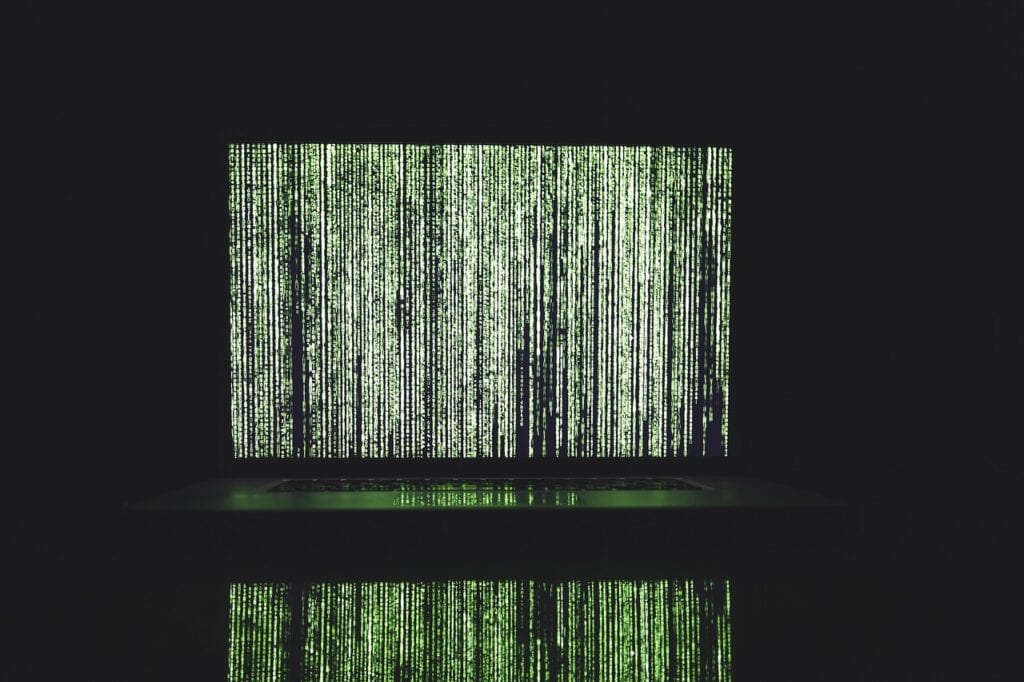Scientists and researchers have long known how important glial cells are to the nervous system. Not only do these cells make up a majority of cells within the central nervous system, but they play roles such as cell and synapse formation, maintenance, and repair. However, researchers wanted to learn how to identify and manipulate specific glial cells (specifically Perisynaptic Schwann cells, or PSCs) to protect neuronal function in patients who are aging or who have conditions such as ALS, Alzheimer’s disease, and spinal muscular atrophy. As described in the published eLife article, their research led them to a novel bar code technique allowing them to do so.
Perisynaptic Schwann Cells
According to Science Direct, and more specifically Chapter 5 in Neural Regeneration, Schwann cells:
are the main glial cell in the peripheral nervous system and play an essential role in the survival and functions of neurons. In response to nerve injury, Schwann cells undergo rapid changes in phenotype and their basal lamina provides a conduit for axon regrowth, a critical process for nerve regeneration.
Perisynaptic Schwann cells are located at the neuromuscular junction. Prior to this study, researchers were unaware of any molecular markers identifying PSCs. As a result, research was unable to determine how to genetically alter or manipulate PSCs to promote better neuronal function.
In this study, researchers identified a molecular marker: neuron-glia antigen 2 (NG2). When present in skeletal muscle, NG2 signifies S100β+ PSCs. Schwann cells are the only muscular-based cells expressing two molecules, giving researchers a “barcode” to identify the cells.
According to one of the researchers:
“We can finally figure out how all three cellular constituents of the synapse—neurons, muscle and glia—talk.”
Moving forward, researchers can harness this barcode to:
- Find and test new drug therapies to promote neuronal function
- Analyze synapse function
- Study conditions such as ALS and SMA
- Test whether nerve degeneration can be reversed or repaired
Read the source article here.







